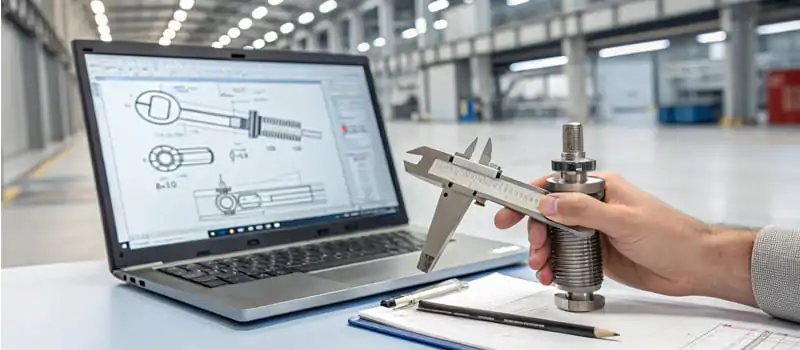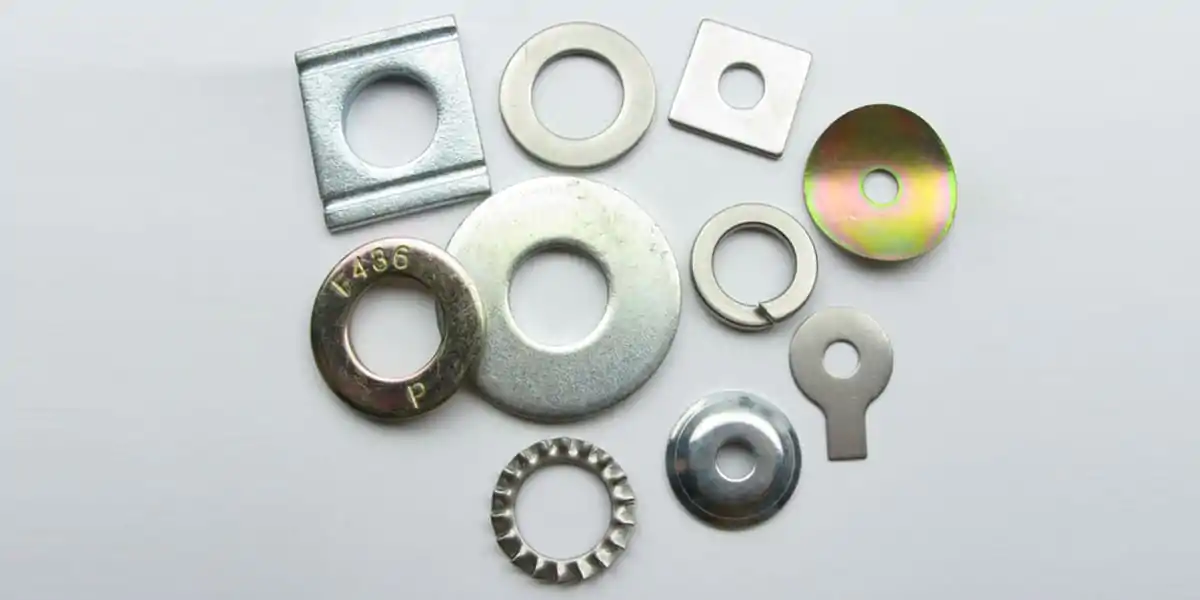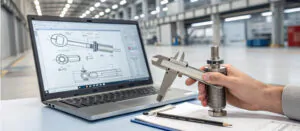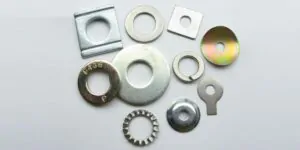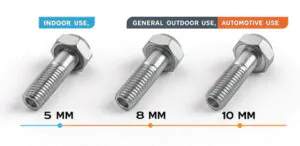Stripped screws are a frustrating and common issue in industries where bolts and screws are crucial for maintaining equipment and structures. When screws strip, it can cause delays, frustration, and costly repairs, especially in sectors like construction, automotive, and manufacturing, where time and precision are critical. In this guide, we’ll share expert tips and techniques on how to prevent screws from stripping, keeping your projects on track and ensuring your bolts stay secure.
“To prevent screw stripping, ensure that you apply adequate and constant pressure when using a power drill. Avoid high-speed settings; instead, use moderate speed while maintaining firm and even pressure on the screw. This prevents the driver from slipping and damaging the screw head, which is key to avoiding cam-out and stripping.”
Now that we know the basic principles of preventing screw stripping, let’s explore the most common causes of stripped screws and how to avoid them.
How to Prevent Screws from Stripping: Effective Methods
Stripped screws are a common problem, especially when using power tools or working in tight spaces. Here are some effective methods to prevent screw stripping:
1. Use the Right Screwdriver and Screw
- Choose the Correct Screwdriver: Ensure you’re using a screwdriver that matches the screw head. Using a driver that’s too large or too small can cause poor contact, increasing the risk of stripping.
- Choose the Right Screw Type: Some screw heads are designed to resist stripping better than others. For example, Phillips screws are more resistant to stripping than slotted screws, as they provide more contact points. For even better results, consider using Torx or hex screws in industrial applications.
2. Maintain Proper Alignment
- Keep It Vertical: When tightening or loosening a screw, ensure that your screwdriver is aligned vertically with the screw. Even slight angle deviations can damage the screw head, increasing the chance of stripping.
3. Control the Applied Force
- Use the Minimum Necessary Force: When using power tools, set the tool to a lower speed to reduce wear on the screw. Gradually increase the speed until the screw is smoothly driven into the material.
- Avoid Over-Torqueing: Applying excessive torque can lead to stripping. Be sure to adjust the force according to the material you’re working with and the type of screw you’re using.
4. Pre-Treat the Material
- Use Lubricants: Before driving the screw, apply a small amount of lubricant to the threads. This reduces friction and helps the screw go in smoothly without causing stripping.
- Pre-Drill Holes: For harder materials, consider pre-drilling holes to make it easier to insert screws and reduce the risk of stripping.
5. Regularly Check Tools
- Keep Tools in Good Condition: Ensure that your screwdriver or power tool is in good working order. Worn-out tools can slip, leading to stripping. Regularly inspect and maintain your tools to prevent this issue.
Why Do My Screws Keep Stripping?
Screws strip for several reasons. The most common issues include using the wrong size or type of driver bit, applying excessive speed or force, or driving the screw at an improper angle. The combination of these mistakes causes the screwdriver or drill bit to slip out of the screw’s head, damaging the material and leaving the screw unusable. To avoid this, make sure you’re using the right tools and the correct pressure while screwing.
How to Remove Stripped Screws?
If you’ve already stripped a screw, don’t worry—there are a few methods to remove it. One common technique involves using a rubber band to add friction, allowing you to grip and unscrew the damaged screw. Alternatively, you can use a specialized screw extractor tool or reverse drill bits that help grab onto the stripped screw. If the screw is particularly stubborn, you may need to drill out the head and remove the remaining shaft.
How to Remove a Screw Without a Drill?
You don’t need a drill to remove a screw if you don’t have the right tools on hand. You can use pliers to grip the screw head and twist it out. If the screw is deep or rusted, try applying some lubrication like WD-40 to loosen it. In some cases, heating the screw with a soldering iron can help break the seal and make it easier to unscrew by hand.
What is the Best Screw Head to Prevent Stripping?
The Torx screw, also known as the star screw, is one of the best types of screws for preventing stripping. Torx screws have a unique star-shaped head that provides more surface area for the driver to engage with, making it less likely to slip. These screws are commonly used in industrial applications where reliability is critical. If you’re working with machinery or heavy equipment, choosing Torx screws over traditional Phillips or slotted screws will reduce the risk of stripping.
Conclusion
By understanding the causes of stripped screws and following these practical tips, you can maintain secure connections in your projects. Don’t let a simple mistake derail your work—take proactive measures to prevent screw stripping and keep everything running smoothly.


